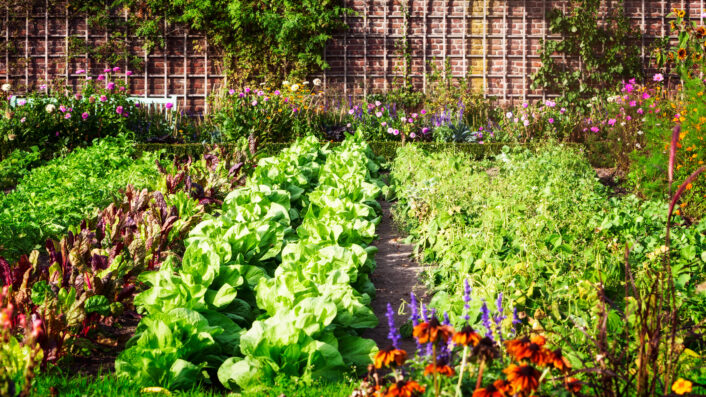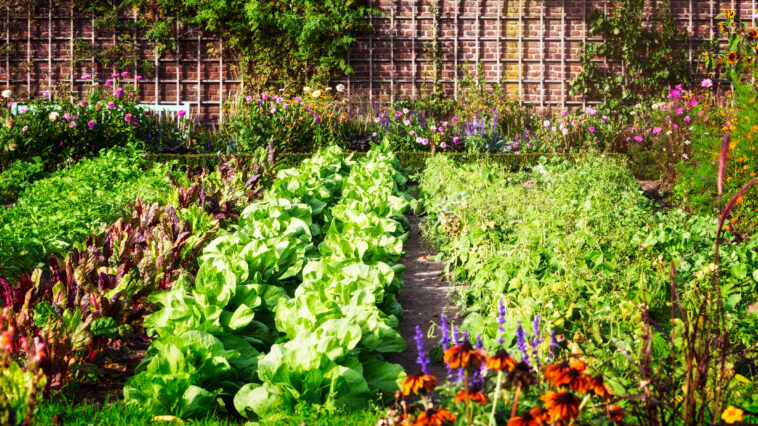When planning gardens, knowing when to schedule your planting is crucial. If you plant too early, a surprise frost might appear and ruin all your efforts.
That’s why TikToker Megan Nicole London (@gardeningsimplified) is teaching beginner gardeners about plant types, growing zones, and frost dates before they even start buying their seeds or plants.
First of all, there are two different types of plants: annuals and perennials. Perennial plants come back every single year, while annuals need to be replanted annually. You need to know the difference between the two.
Then, you must figure out what hardiness zone you’re in and when your first and last frost dates are for your zone. Plant hardiness zones determine which plants are most likely to thrive in your area.
The U.S. is divided into thirteen zones. Zones ten through thirteen are the sub-coastal/tropical zones, so they rarely experience frost at all.
“Your plant hardiness zones pretty much pertain to annuals and perennials. And what it really keys in on is your perennials,” said Megan.
For standard vegetables in your garden, the growing season is short, so there’s no need to worry about plant hardiness zones. But for your annuals and perennials, the zones matter.
“Your last frost date comes first, as crazy as that sounds. Your last frost date is in the spring. Your first frost date is in the fall,” she explained.
On the back of your seed packets, make a note of how many days it takes to harvest a specific plant. Then, once you know your last and first frost dates, you can determine the number of days in your growing season.

Sign up for Chip Chick’s newsletter and get stories like this delivered to your inbox.


